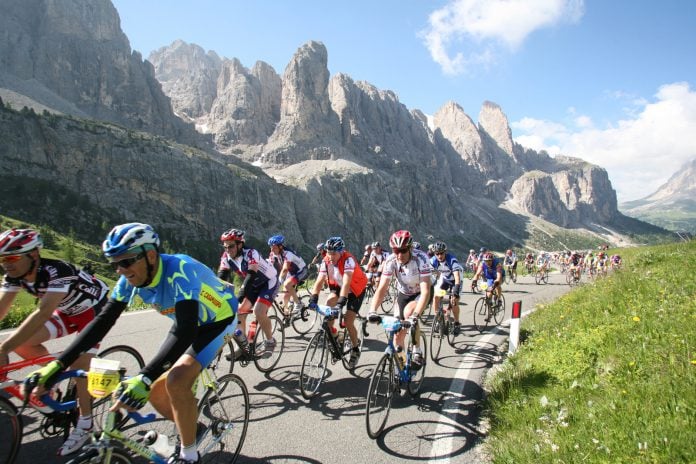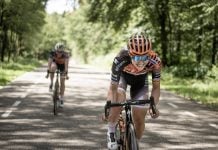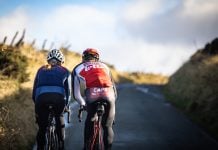The season is coming around fast, hopefully training is going well but you’re probably anxious about the upcoming Sportive. We’ve outlined a few top tips to pace your ride to get you round in the fastest time possible.
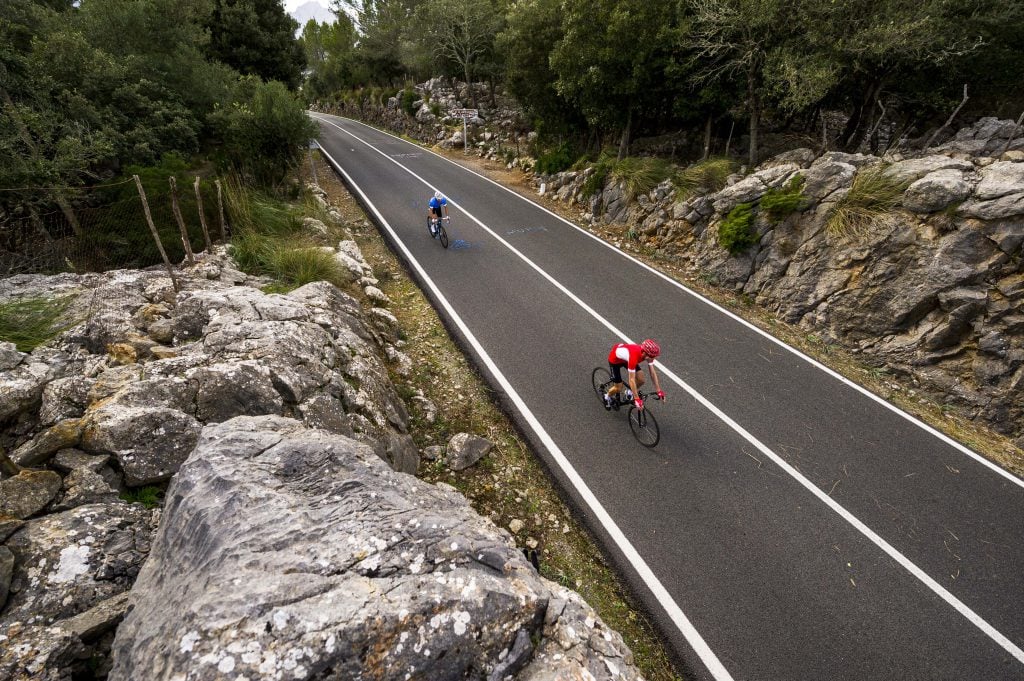 It’s no secret that if you start flat out, try & sit on the front group for as long as possible, you’ll probably blow up. And it’s usually a long way home! Even if you’re a hardened cycling veteran or a high level athlete, it’s not the most sensible way to go. An evening pacing is the fastest and most efficient way to ride any course.
It’s no secret that if you start flat out, try & sit on the front group for as long as possible, you’ll probably blow up. And it’s usually a long way home! Even if you’re a hardened cycling veteran or a high level athlete, it’s not the most sensible way to go. An evening pacing is the fastest and most efficient way to ride any course.
Even the most experienced cyclists set out far too hard and have to pull back on the reigns before they even hit half way. But an even pace doesn’t necessarily always mean speed. You’ll naturally go slower up the hills & faster down hills.. that’s science, and that’s ok!
1. Know your Limits.
Whether you’re racing to power, heart rate or just feeling, you’ll have to know what you’re capable of before you start the Sportive event. This will be indicated through your training, you should know roughly what you’ll be able to handle before you start and in what zone you’re planning to sit for the race.
Don’t push the limits to try anything you haven’t done before, doing new things on race day can only end badly! There’s no point grinding big gears or jumping up out of the saddle to sprint every time you get chance if your body isn’t used to it. This is only going to tire you out and possibly leave you “bonked” before you make the finish line.
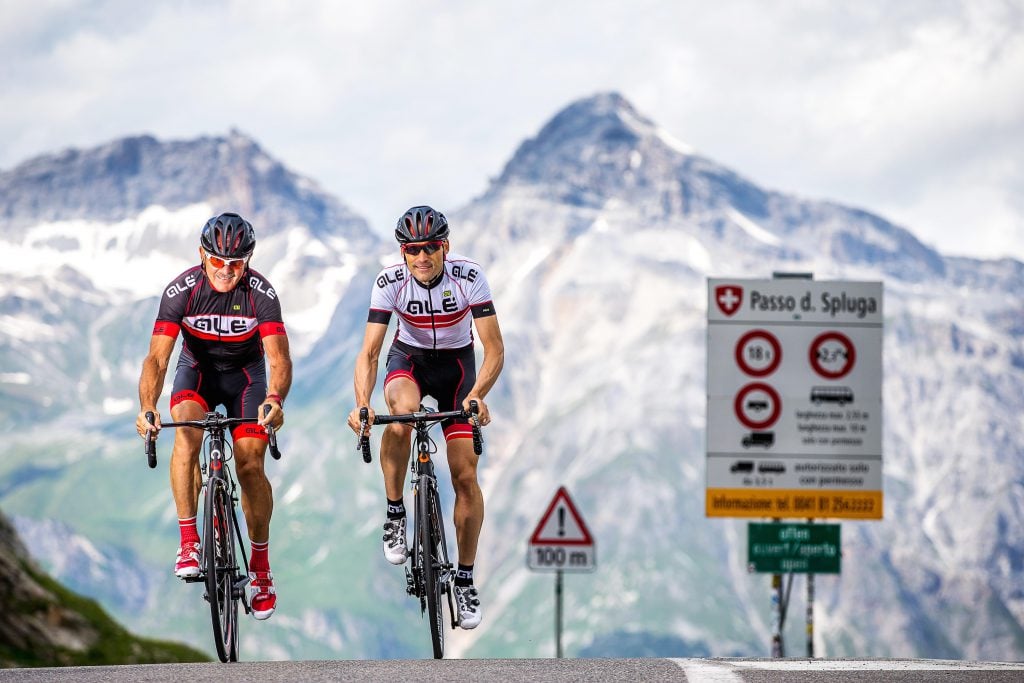
Knowing your data from past rides will really help you to determine what the limit is. If you’ve got a GPS computer or use an app such as Strava on your phone, then you can look back through the data to see what sort of form your legs are in. And subsequently make a plan of action for the day.
2. Be Disciplined.
Set yourself a plan and stick to it. If you know what your end goal for the Sportive is, it is much easier to stick to and not get drawn out of your comfort zone. Sticking to the plan right from the start can really pay in the end. People that drop everything they’ve worked for to surge right out of the start gate often really struggle.
It’s important to also be disciplined with things such as nutrition and hydration. Make sure you stick to the plan with these so you don’t get caught short with no energy when you get to the end of the ride. That being said, it is important to prepare to be adaptable as/when things go wrong.
— BEST FITNESS IMPROVEMENTS YOU CAN BUY —
3. Learn the Course.

Knowing the course can come in very handy on race day. You don’t have to have ridden it before, or necessarily remember it, but knowing when the big climbs and feed stations are coming can help you prepare for them. Whether you tape a note to the handle bars, or write it on your hand, knowing it’s coming can help you to make sure your energy levels are topped up.
Better still is uploading the route to your Garmin or GPS computer to view a real-time profile. This knowledge of the course can be invaluable for pacing, not missing food stations or running out of nutrition.
4. Plan your Nutrition.
A solid nutrition plan can completely transform your Sportive ride. You’ll never be short of energy if you’re replacing the calories as you’re riding. The carbs can come in the form of drinks, bars, food, gels, whatever you find easiest to stomach. Make the most of the aid stations but don’t risk any foods you haven’t trialed in training.
 Make sure you practice your nutrition strategy in training to ensure your body agrees with everything you’ll be eating on the move. Also the timing of eating can be important, most people find it easier to eat at the top of climbs or harder parts of the ride rather than trying to push immediately after eating.
Make sure you practice your nutrition strategy in training to ensure your body agrees with everything you’ll be eating on the move. Also the timing of eating can be important, most people find it easier to eat at the top of climbs or harder parts of the ride rather than trying to push immediately after eating.
5. Ride in a Group.
As long as you pick the right group to ride with, this can massively boost your speed in a Sportive. As well as improved morale from being able to talk to others, you can be doing up to 40% less work if you’re on the back of the chain. Make sure you practice group riding before the event so you’re familiar with the calls and maneuvers.
If you can’t plan to ride with friends before the ride, merging into a good group 10-20% of the way through the Sportive is usually a good way to know who to ride with. Though if the effort feels too much, drop back and wait for the next cluster!
6. Avoid Racing Others.
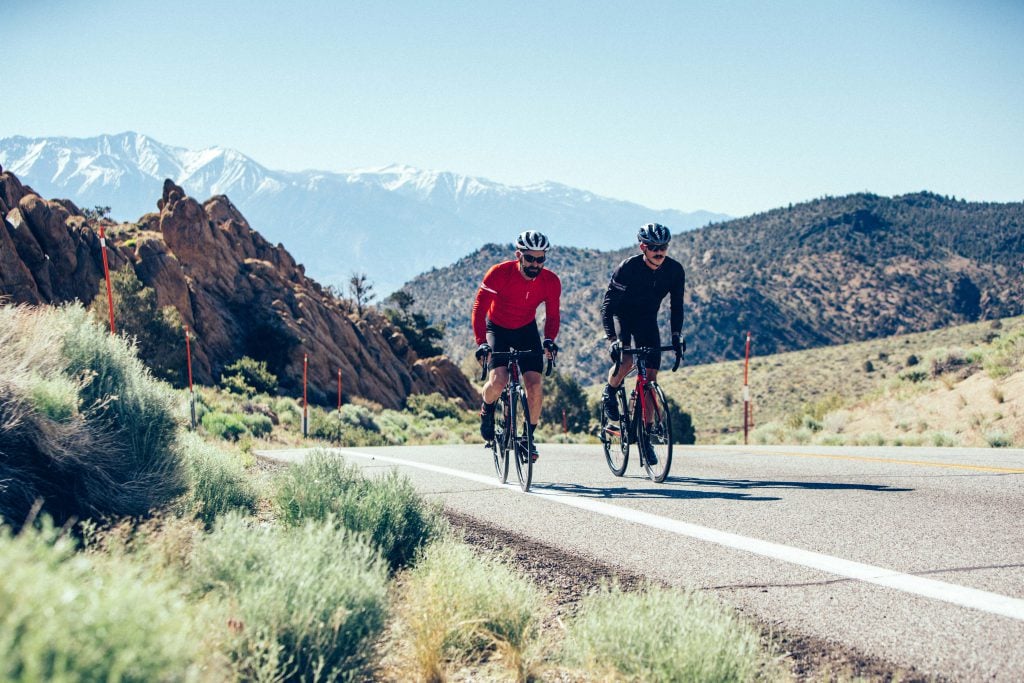 If you get drawn into miniature sprints, racing up hills or trying to attack off the front you’ll quickly burn up your matches. Your legs will only be able to handle a limited number of surges before they begin to give up on you.
If you get drawn into miniature sprints, racing up hills or trying to attack off the front you’ll quickly burn up your matches. Your legs will only be able to handle a limited number of surges before they begin to give up on you.
— WHY YOU SHOULD TRAIN WITH POWER —
You don’t need to jump gaps between groups or keep up with you other guys every single time. If you keep your effort steady, you won’t be far behind! Let the other guys take the surges and you’ll be able to reel them back in afterwards – just focus on your own riding.
7. Start Slow.
This is the old time classic. Everyone says they’re going to set off slowly and leave it for a big finish at the end. Your body has a certain amount of energy, so by starting slow – you allow yourself to really attack the second half of the race, and you’ll probably go the same speed. If you set off too fast and use up all your supplies, there’s no coming back!
This is where being strict and disciplined with yourself is important. There’s no use flying out of the blocks and bursting round the first few KM’s. Don’t let the adrenaline get the better of you – let everyone fly past in the first few KM’s – and pick them off one by one in the second half when you’ve settled into your stride.
— YOUR GUIDE TO CYCLING KNEE PAIN —
8. Listen to your Body.
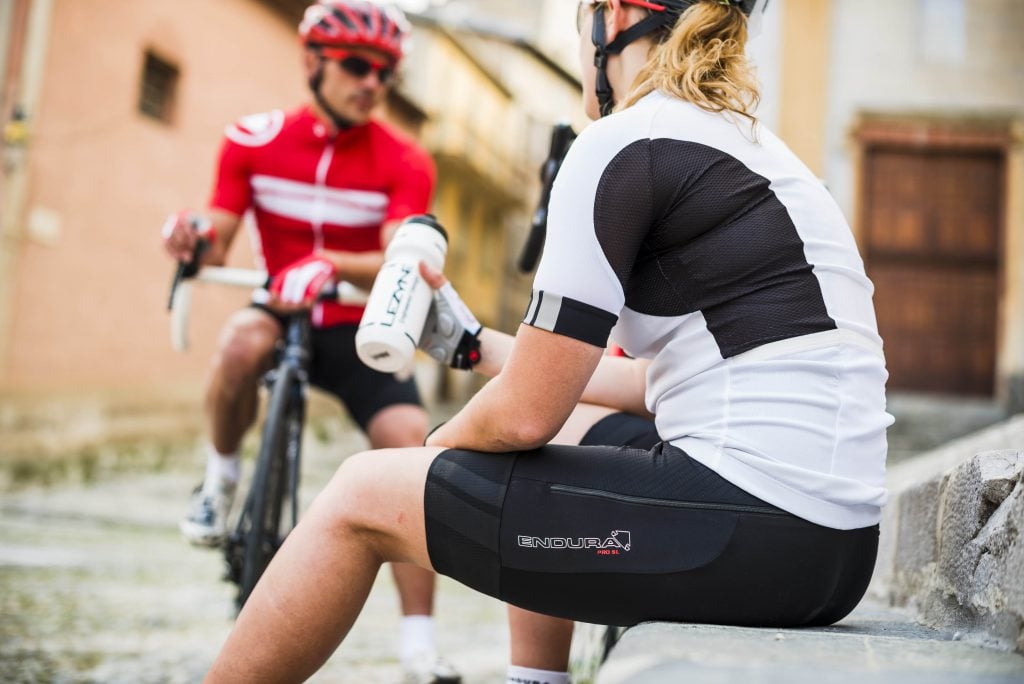
This is probably the most important point of all. All the training and preparation is one thing, but the day may go completely off plan. Listening to your body through the race is very important. Feed it when it’s hungry, hydrate it as much as you can, and pull off the pace if you’re struggling.
Heart rate monitors and power meters are fantastic training tools, but if it doesn’t feel good, don’t do it. Only you know your limits and how far it can go. So listen to your body, and go out and enjoy yourself!

